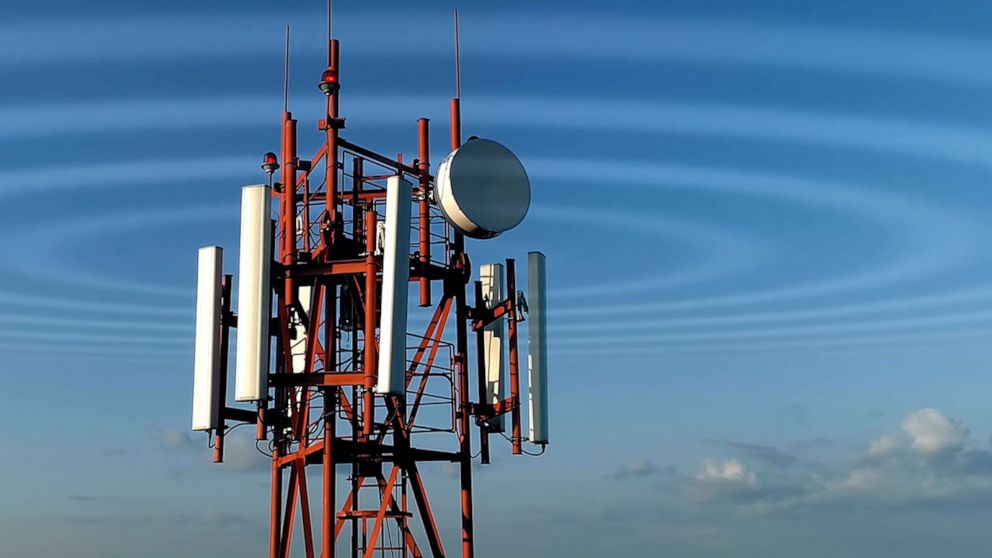If you've ever been through a city you might have noticed tiny mini 5G cell towers on street light poles. They look like small boxes however, they're actually transmitting wireless signals from cellular providers to your mobile.
The smaller ones are being replaced by larger, purpose-built cell towers. While they're less noticeable but they can still cause problems for people.
The FCC's Radiation Exposure Thresholds
The FCC's Radiation Exposure Thresholds establish the safe limit at which an individual can be exposed to electromagnetic radiation from wireless devices. The limits for exposure are based on scientific data which prove that electromagnetic energy can cause harm to health.
The rate of absorption called the specific absorption rate (SAR) is an indication of the radiofrequency energy absorbed by tissue. safe distance to live from cell phone tower 's usually 1.6 milliwatts per kilogram spread over a Gram of tissue.
But, since 5g operates at higher frequencies this could be able to increase the intensity of energy on the skin and other directly-exposed body parts. This can result in various potential harms, including exacerbated development of skin diseases like dermatitis, skin cancer and cataracts.
Because of the potentially negative effects of 5G radiation, PSU has chosen to establish a general, localized limits on power density, which is 4mW/cm2 averaged over 1 cm2, and not exceeding 30 minutes for all 5G services running at 3000 GHz. This localized limit is consistent with the maximum spatial-average SAR of 1.6 W/kg averaged over 1 grams of tissues at six GHz.
The FCC's Maximum Exposure Thresholds for Maximum Exposure
If you've ever used a cell phone, you probably know that a safe location from the tower is at least 400 meters away. This is because the power of the transmission of a cell tower increases dramatically the farther your location from the tower.
While this sounds like a good idea however, people who live close to towers might be more susceptible to health problems. For example, a study from 2014 in India discovered that people who lived within 50m of cell towers experienced significant more health issues than those who lived farther distance from them.

This study found that people who moved to areas that were further from cell towers noticed their symptoms return to normal within a couple of days. Another study has shown that exposure to high frequencies of radiofrequency electromagnetic fields (EMFs) can cause brain tumors, cancer, and other health problems.
This is because the RF radiation used in wireless communication can be absorbed by the body's outer layer, the skin. It is crucial to know because the skin serves as a shield against injury to the body, infection caused by pathogenic microorganisms and the entry of harmful substances. It is also the most important organ in the human body, and is accountable for protecting other organs.
The FCC's Minimum Exposure Thresholds
The FCC's Minimum Exposition Thresholds are based upon many assumptions that aren't supported by scientific evidence. These include the erroneous belief that short-term exposures RF radiation are safe due to the limited penetration into the body (i.e. the heating of tissues).
The assumption also ignores the greater penetration of ELF parts of the modulated RF signal as well as the effect on the body of short bursts generated by RF waves that are pulsed. These assumptions do not correspond with the current understanding of biological effects of RF radiation. Therefore, they should not be used for health protective exposure standards.
Furthermore to that, ICNIRP and FCC are limiting their maximum exposure limits to local peak SARs, based on the peak frequency of absorption (psSAR) which is not a sufficient dosimetric tool to determine the degree of radiation exposure. Particularly the psSAR tool is not accurate for frequencies above 6 GHz. Additionally, psSAR hasn't been tested for what is a safe distance from a 5g cell tower with co-exposure to other environmental agents such as sunlight. Visit website of RF radiations with different agents in the environment could produce synergistic or antagonistic effects. This can lead to an increased risk of adverse health adverse effects. For example, co-exposure to RF radiation along with exposure to sunlight can increase the risk of developing skin cancer and exacerbate other skin diseases such as acne.
